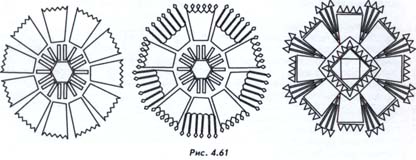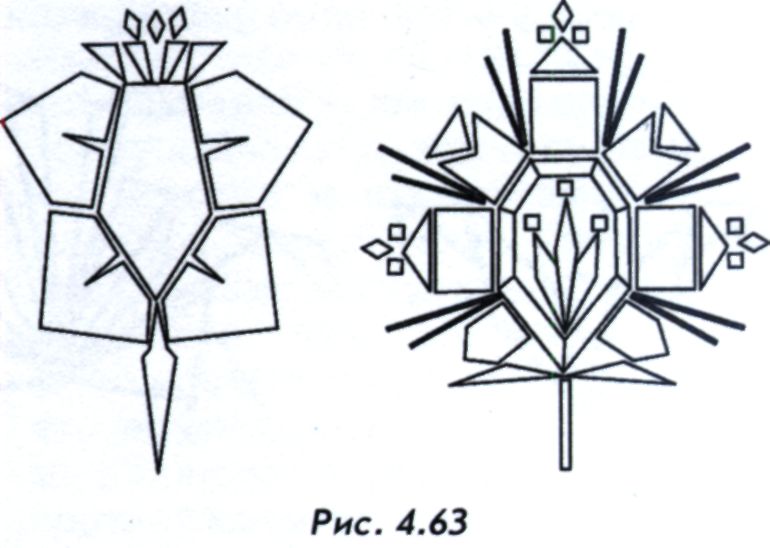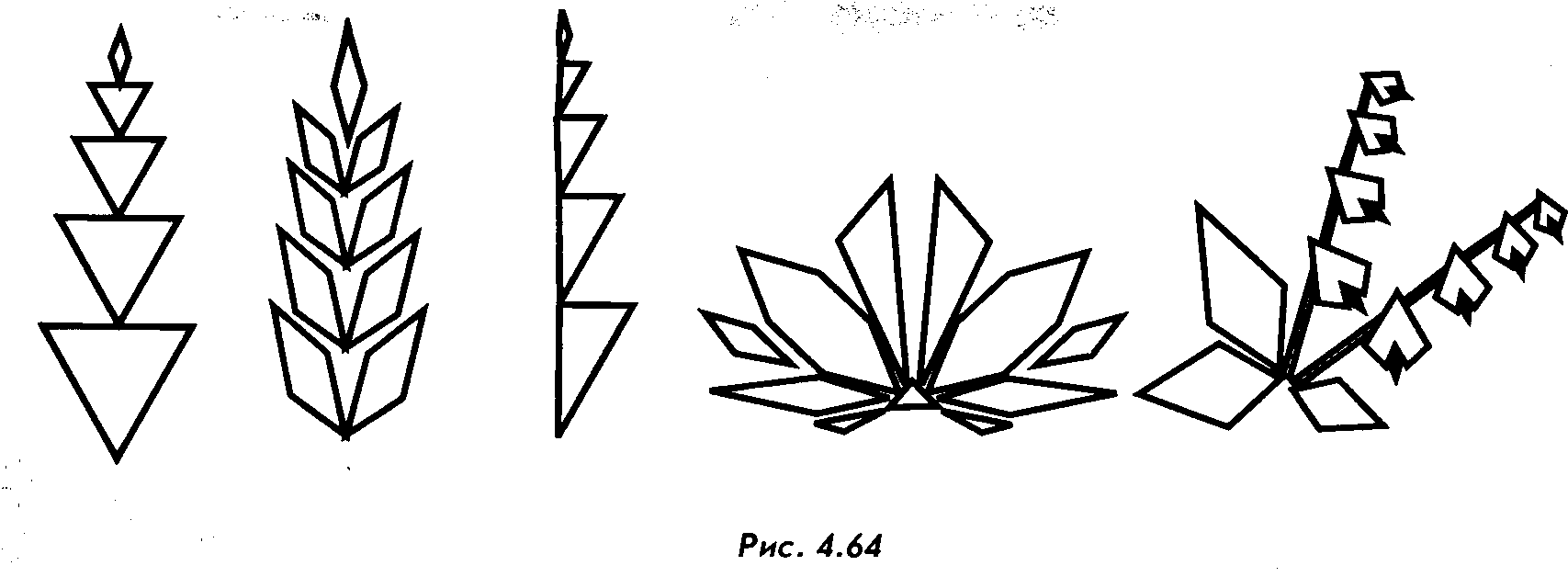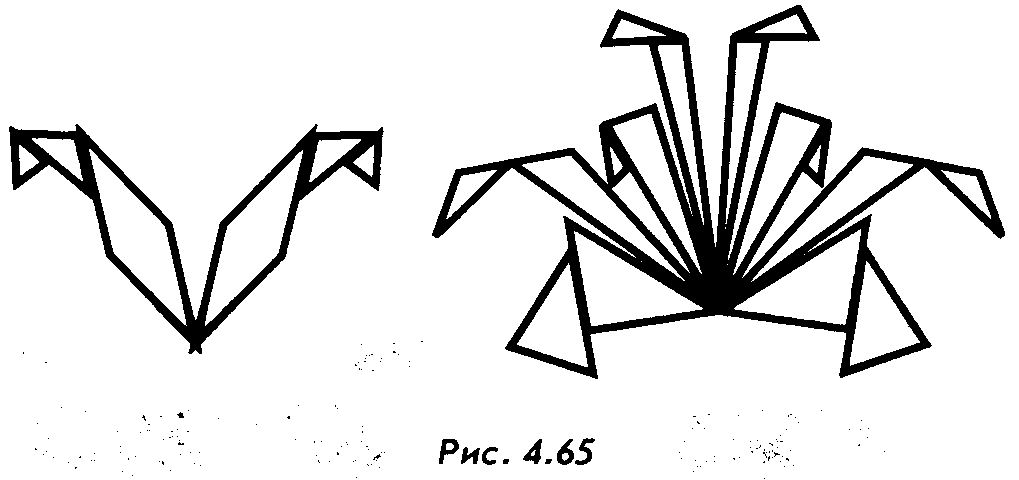Flowers, leaves, fruits, shoots can be styled with real plants, which are found in the surrounding nature, and can be invented by the author to be the result of his creative imagination.
The insights gleaned from observations of natural forms, their combinations, unexpected perspectives, which you will be able to see the world and experience creatively to fill the tracks you created unique solutions that will help you to find your style, take your work in the area of individual experiences and personal experience.
Let us consider some examples of stylization of plants, most frequently encountered in the application strips. They are not a Canon of forms and help to understand some of the techniques that you can use while working on your own compositions.
Flowers in the compositions is seen more often in two positions: front and side. There are cases of combinations of lateral and frontal images when in the same flower combines elements of the frontal position, for example the deployed petals and details that can be seen only in a side examination of the flower: stamens, pistils.
In a frontal examination of the flower we see it petals open around the middle. The composition of colors is based on the principle outlets. As a rule, they have two axis of symmetry or under the laws of the Central symmetry. Figure 4.61 shows an example of the stylization of the flower cornflower to perform in the technique of geometric appliques.

Real flower cornflower has a close to trapezoidal shape of the petals with a serrated edge located around the perimeter around open and free from the petals of the midway with a large number of stamens on long stalks. Highlighting the main features of the plant: the shape of flower, shape of petal, building the middle, it is ready for styling. The composition of the flower will be centrally symmetric, petal silhouette a — line, mid — has a complex structure. When styling, you can focus on creating complex means, while simplifying the composition of a petal, or the opposite — to make complex composition of the petals and to simplify the composition of the middle element. You can go the way of the simultaneous simplification or, on the contrary — complexity of composition of both elements. The approach in styling will depend on the author's intention, what role will have to play a specific flower in the composition, part of which is.
By side review of the flower we see it differently (figure 4.62): it has one axis of symmetry. As a rule, visible flower stalk with a bottom Cup, part of the petals and the middle. If the flower is open, petals are located closer to the plane perpendicular to the axis of symmetry, in the case that portrayed the Bud part of the flower closer to the axis of symmetry.

A side consideration the petals have different shapes, different from the front shape. Can be seen the curves and bulges that while styling will make the images a unique. One flower can have several types of petals, which will be styling one form, considered under different angles (figure 4.62).
In these examples, use individual methods of transmission of typical forms of flower while retaining its distinctive features.
Colors that combines in its composition elements, viewed in a frontal and lateral position, are often found in painting and embroidery. Use them in your compositions and artists working with strips. These flowers usually have one axis of symmetry and combine concurrently elements are front and side views (figure 4.63).

For styling the leaves, shoots, fruits use already discussed above tips. Define feature lines outlining the shape, and select her most striking features that distinguish this form from others, like her. Think of an element or combination of elements that, in your opinion, will give features of a plant or element.
In decorative compositions of leaves, shoots, blossoms play, as a rule, complementary role. They don't have a complex composition and, as a rule, consist of 1-2 types of simple elements. Methods of making compositions are determined by the distinctive appearance of the plant and will be different from a single leaf, branch with leaves or bunches of grapes. You can apply to scaling, to show, for example, reducing the size of leaves or fruit from the base of the branches to the top (figure 4.64).

Determined to style forms in decorative art are idealized expression. The artist's task is to show the object not as it really exists, and, to determine its real existence, to highlight the most striking positive in terms of aesthetics perception, form elements and emphasize them, to develop with the help of available to it of artistic means. However, this does not mean that you should overlook things, devoid at first sight of aesthetics, such as a hole, eaten by a caterpillar in the leaf or fruit, twisted and slightly torn petal or a leaf. At first glance, these violations of the integrity of the form violate its decorative harmony, but skillfully applied in the composition, they can spice it up by finding a new decorative technique. Figure 4.65 shows the techniques of combining geometric shapes, stylized excesses of leaves, grass, reflexed flower petals.




